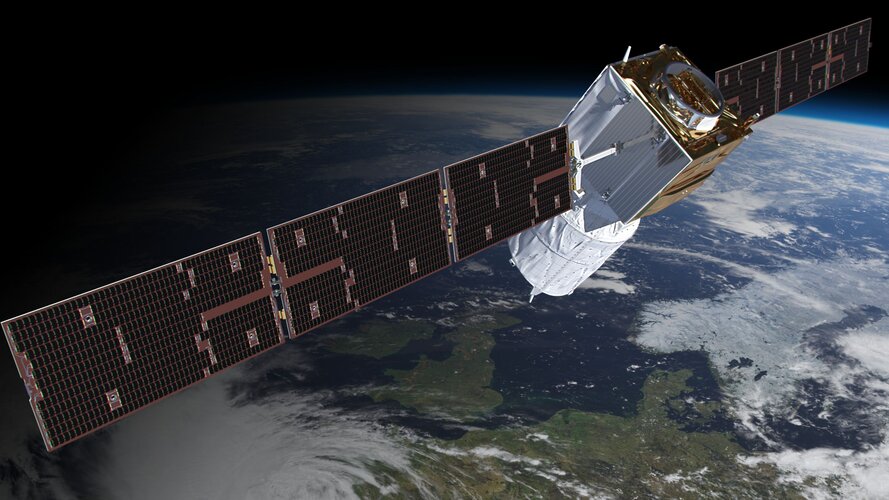
At ESA’s Space Operations Centre in Germany, mission control will use the remaining fuel to steer Aeolus during its return to Earth.
Most of the satellite will begin to burn up when it reaches an altitude of around 80 km. However, models show that several pieces of debris might reach Earth’s surface.
“This assisted reentry attempt goes above and beyond safety regulations for the mission, which was planned and designed in the late 1990s,” explains Tim Flohrer, Head of ESA’s Space Debris Office.
“Once ESA and industrial partners found that it might be possible to further reduce the already minimal risk to life or infrastructure even further, the wheels were set in motion. Should all go to plan, Aeolus would be in line with current safety regulations for missions being designed today.”
If this reentry attempt has to be aborted, which could still happen, Aeolus’ natural reentry continues.
Isabel Rojo, Flight Director for Aeolus, said, “Our teams of engineers and experts in debris, flight dynamics and ground systems, have designed a series of manoeuvres and operations to assist Aeolus’, and attempt to make its reentry even safer than was originally designed.”
Today, missions are designed according to regulations that require them to either burn up entirely or undergo a controlled reentry at the end of their lives in orbit.
This first attempt at an assisted reentry sets a new precedent for missions that didn’t fall under such regulations when they were designed, but could be made to retroactively adhere to them.
With Aeolus, ESA is paving the way for safe reentries and responsible space, which is particularly important considering the rapidly increasing amount of space traffic in orbit and problem of space debris.



